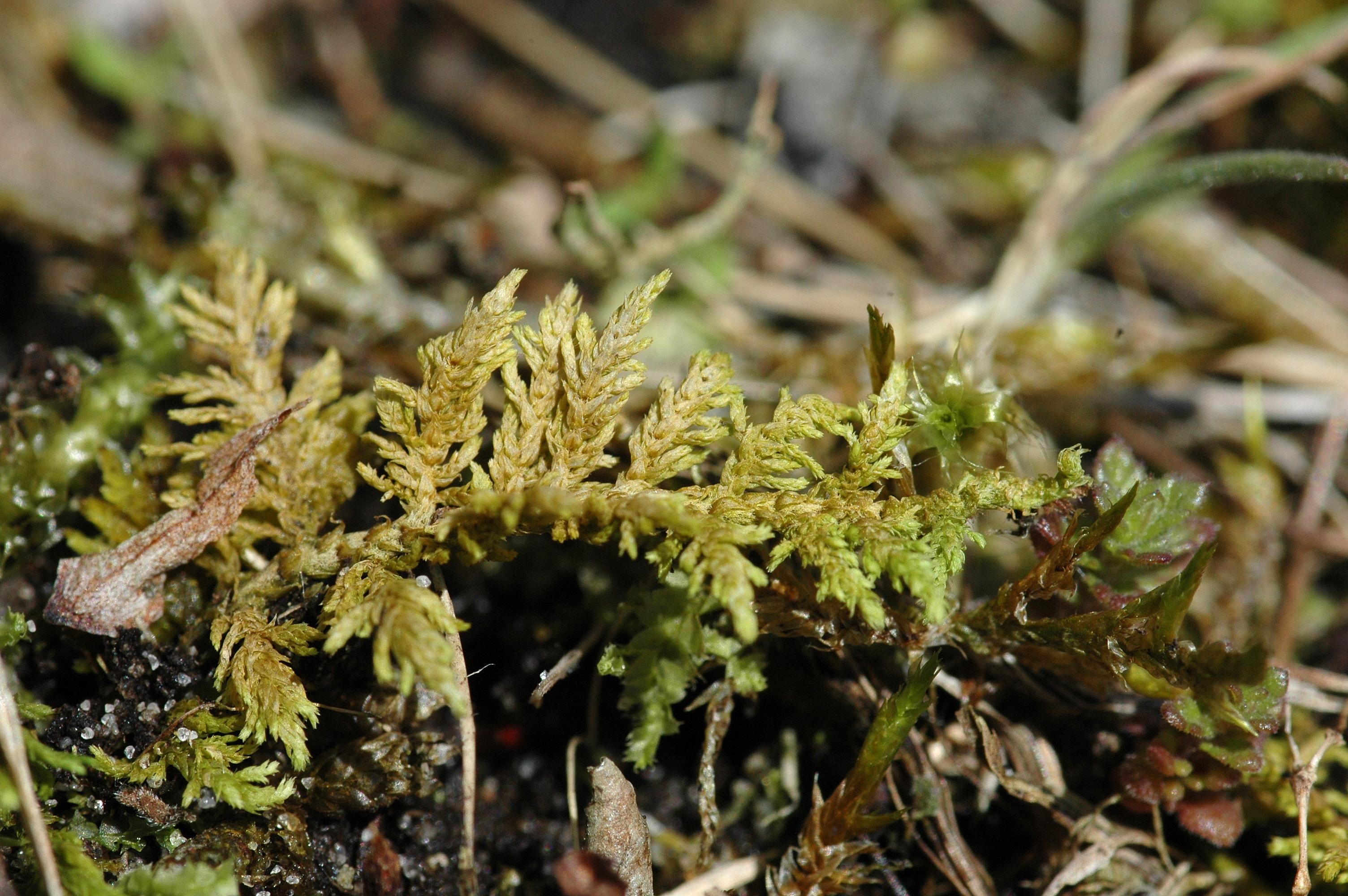
542.3654584539.jpg from: https://eol.org/pages/93406
Exploring the Fascinating World of Helicoblepharum Moss
Introduction
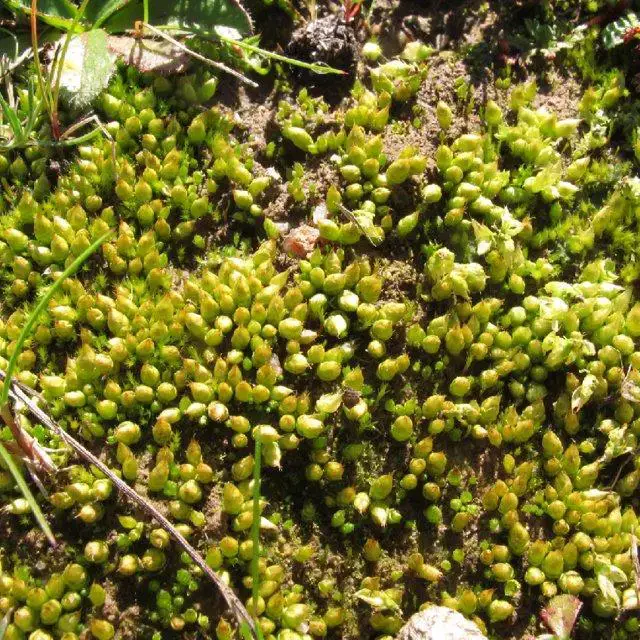
Field-habit-of-Lorentziella-imbricata-Mitt-Broth-growing-on-bare-soil-in-Reserva_Q640.jpg from: https://www.researchgate.net/figure/Field-habit-of-Lorentziella-imbricata-Mitt-Broth-growing-on-bare-soil-in-Reserva_fig1_326762225
Mosses are often overlooked, but they play crucial roles in ecosystems around the world. One particularly interesting species is Helicoblepharum fuscidulum (Mitt.) Broth., also known simply as Helicoblepharum. This moss belongs to the Pilotrichaceae family and has some unique characteristics. Let’s dive in and learn more about this fascinating bryophyte!
Background on Mosses
Mosses are non-vascular plants in the division Bryophyta. Unlike other plants, they lack true roots, stems, and leaves. Instead, they have rhizoids that anchor them and absorb water and nutrients. Mosses reproduce via spores rather than seeds and are found in diverse habitats worldwide, from arctic tundra to tropical rainforests.
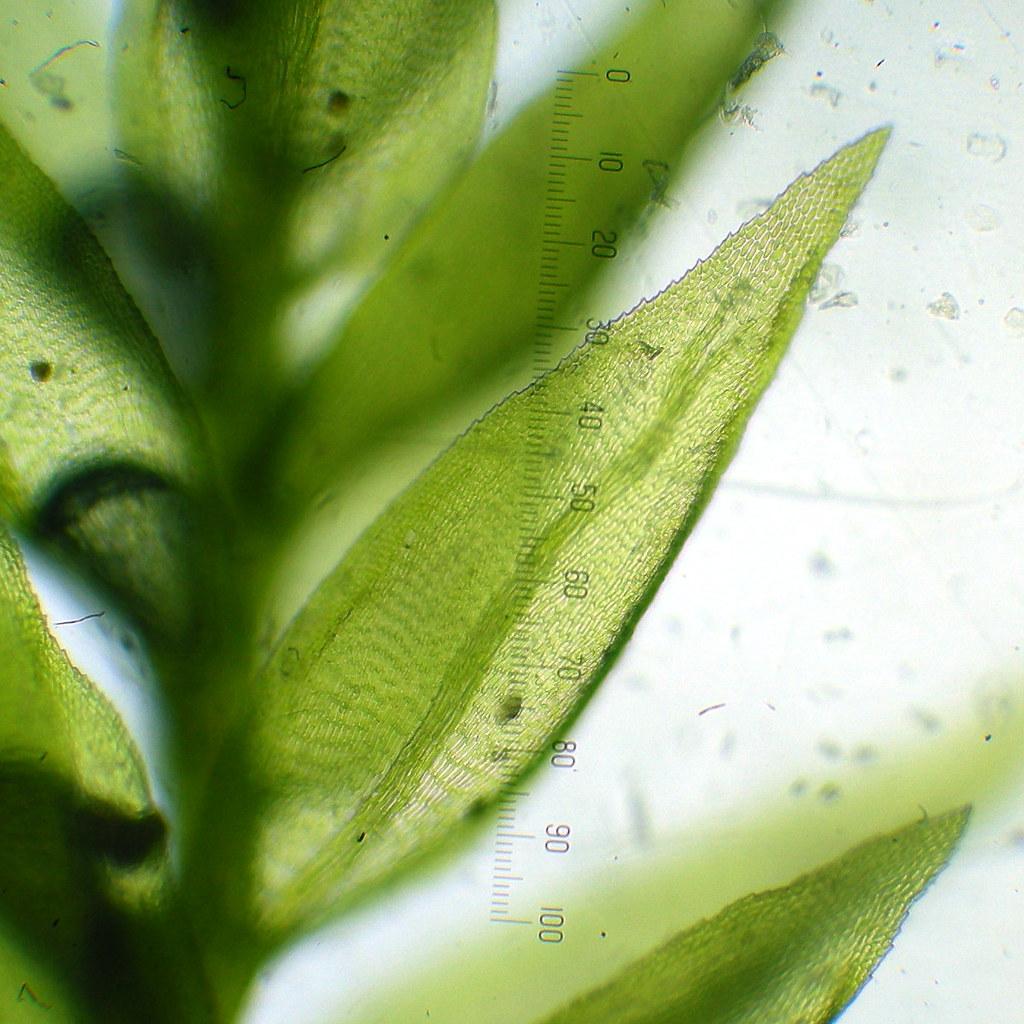
29102375665_0e87db4790_b.jpg from: https://www.flickr.com/photos/kochibii/29102375665
Helicoblepharum fuscidulum (Mitt.) Broth.
Morphology and Identification
H. fuscidulum forms loose mats with irregularly branched stems up to 5 cm long. The leaves are ovate-lanceolate, 1-2 mm long, and have a short, single costa. Leaf margins are entire and the leaf cells are elongate-rhomboidal. The seta (stalk bearing the capsule) is 1-2 cm long and the capsules are inclined to horizontal.
Global Distribution and Habitat
This species is found in tropical and subtropical regions of the Americas, Africa, and Asia. It typically grows on tree trunks, branches, and decaying logs in moist, shady forests from lowlands to 2000 m elevation. H. fuscidulum prefers humid environments and does not tolerate prolonged desiccation.
Ecological Roles and Adaptations
Like other mosses, Helicoblepharum plays important roles in its forest ecosystems:
- Helps retain moisture and prevent erosion
- Provides habitat for micro-organisms and small invertebrates
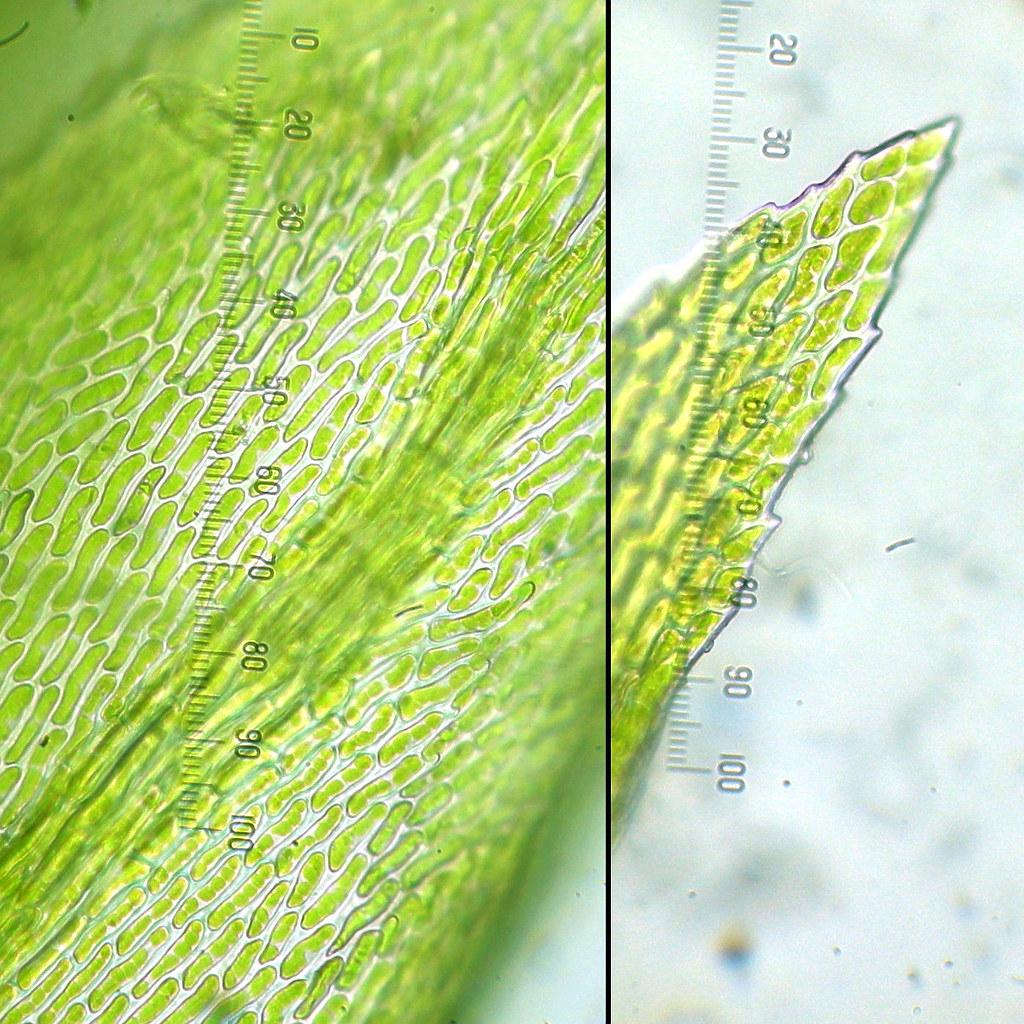
29069661356_9832aafa15_b.jpg from: https://www.flickr.com/photos/kochibii/29069661356
- Contributes to nutrient cycling as it decomposes
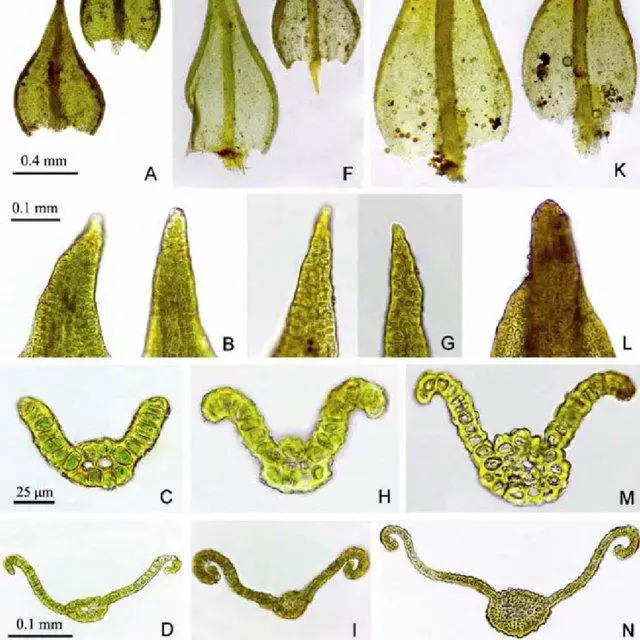
A-E-Didymodon-mongolicus-sp-nov-holotype-X-L-Bai-1459-HIMC-F-J-Didymodon_Q640.jpg from: https://www.researchgate.net/figure/Figs-A-K-Barbella-rufifolia-Thwait-Mitt-Broth-A-dry-plant-667-B-wet_fig1_239589720
- Serves as a bioindicator of air and water quality
To thrive in its moist, shady habitat, H. fuscidulum has several adaptations:
- Concave leaves that efficiently funnel water to the stem
- Rhizoids that cling tightly to substrates
- Ability to absorb water and nutrients over its entire surface
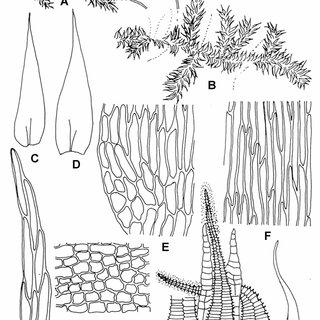
Campylium-gollanii-C-Muell-A-dry-plant-667-B-wet-plant-667-C-D-leaves_Q320.jpg from: https://www.researchgate.net/figure/Symphyodon-orientalis-Mitt-Broth-A-dry-plant-667-B-wet-plant-667-C-leaf_fig1_242597571
- Can dry out and rehydrate quickly to survive periodic dry spells
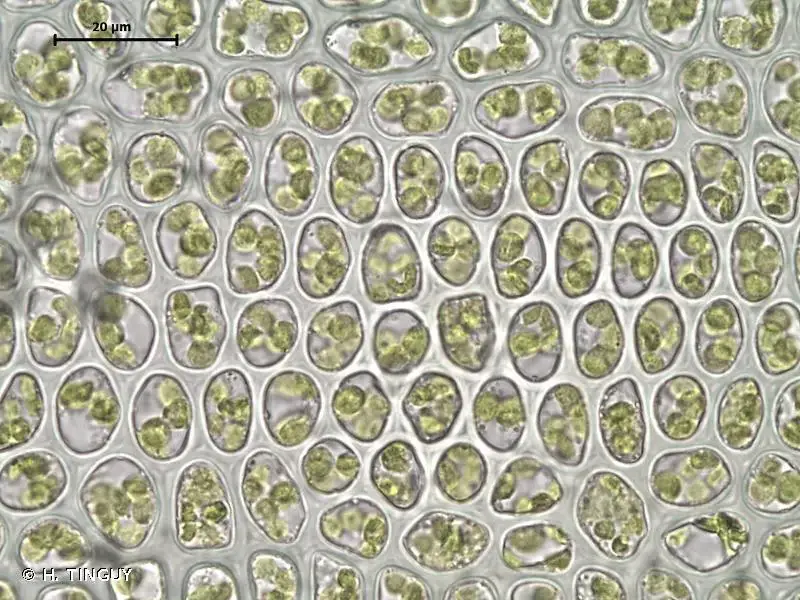
392444.jpg from: https://inpn.mnhn.fr/espece/cd_nom/5248
| Characteristic | Description |
|---|---|
| Stem length | Up to 5 cm long |
| Leaf shape | Ovate-lanceolate |
| Leaf length | 1-2 mm |
| Costa | Short, single |
| Leaf margins | Entire |
| Leaf cells | Elongate-rhomboidal |
| Seta length | 1-2 cm |
| Capsule orientation | Inclined to horizontal |
Conclusion
Helicoblepharum fuscidulum is a prime example of how even tiny, inconspicuous organisms like mosses can have outsized ecological impacts. Its ability to retain moisture, prevent erosion, provide habitat, and cycle nutrients makes it a key player in its forest ecosystems. Next time you’re in a tropical forest, take a closer look – you might just spot some Helicoblepharum

t_b5726c8e9810efd816b9f60db28fbe59.jpg from: https://www.asturnatura.com/especie/melanomma-fuscidulum
making a mighty contribution!
What other overlooked or underappreciated organisms in your local environment do you think deserve more attention? Take some time to investigate and appreciate the little things that help make ecosystems function.
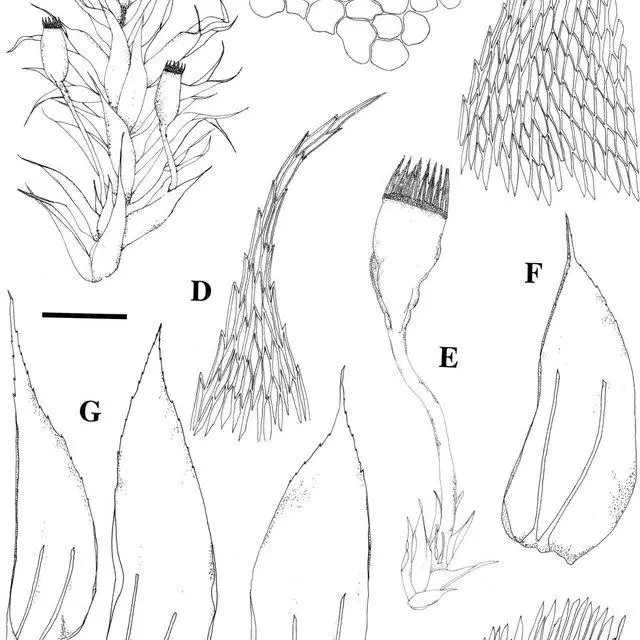
Lepidopilidium-furcatum-Thwaites-Mitt-Broth-A-Habit-with-sporophytes-B_Q640.jpg from: https://www.researchgate.net/figure/Lepidopilidium-furcatum-Thwaites-Mitt-Broth-A-Habit-with-sporophytes-B_fig4_280989042
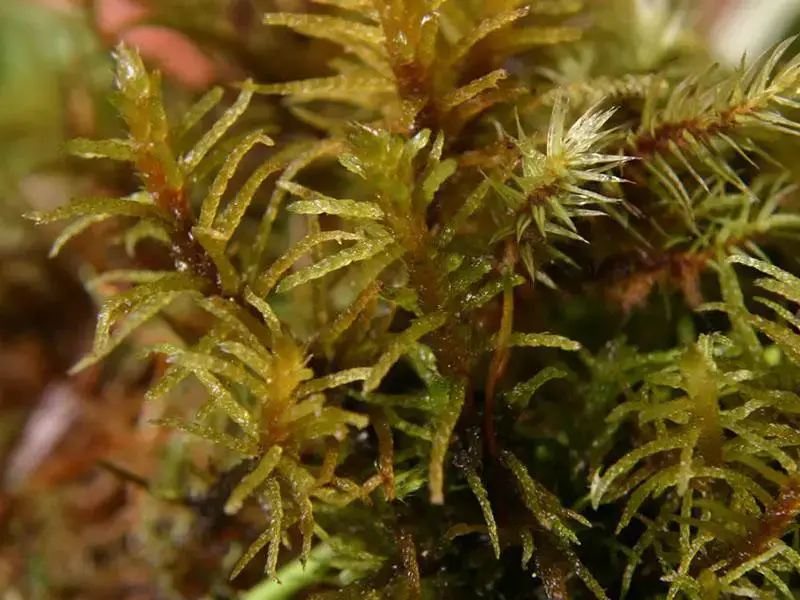
Helodium_blandowii_HEBL2-8_Shovel_Creek_Meadows_KlamathNF_MLenz_lg.jpg from: https://www.fs.usda.gov/wildflowers/beauty/California_Fens/diversity/mosses.shtml